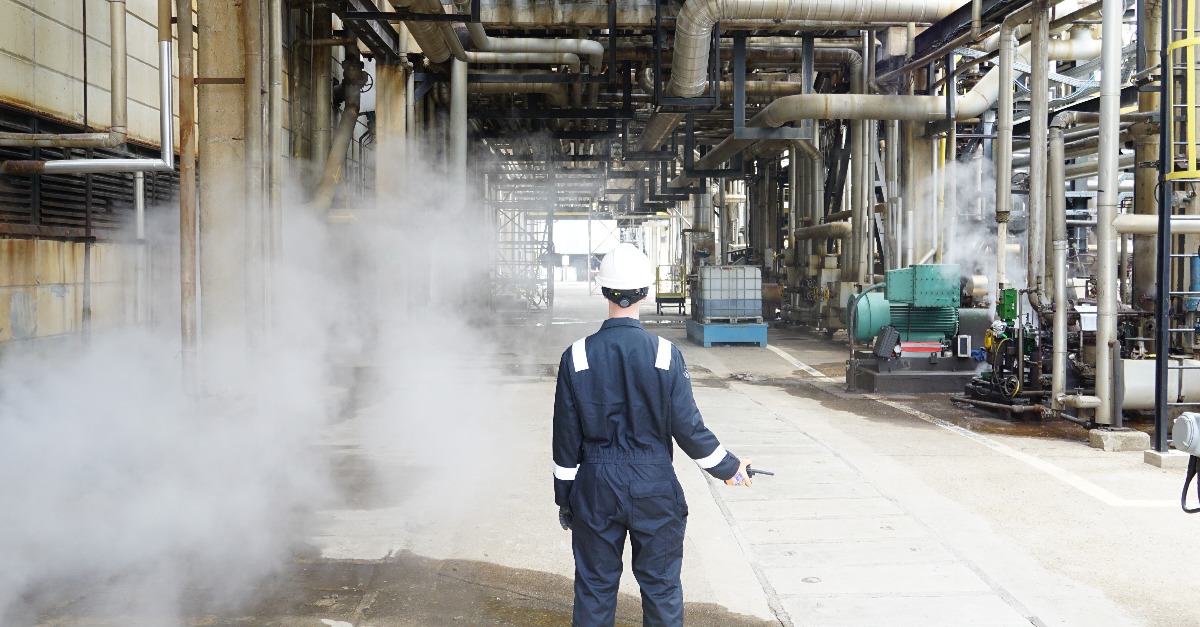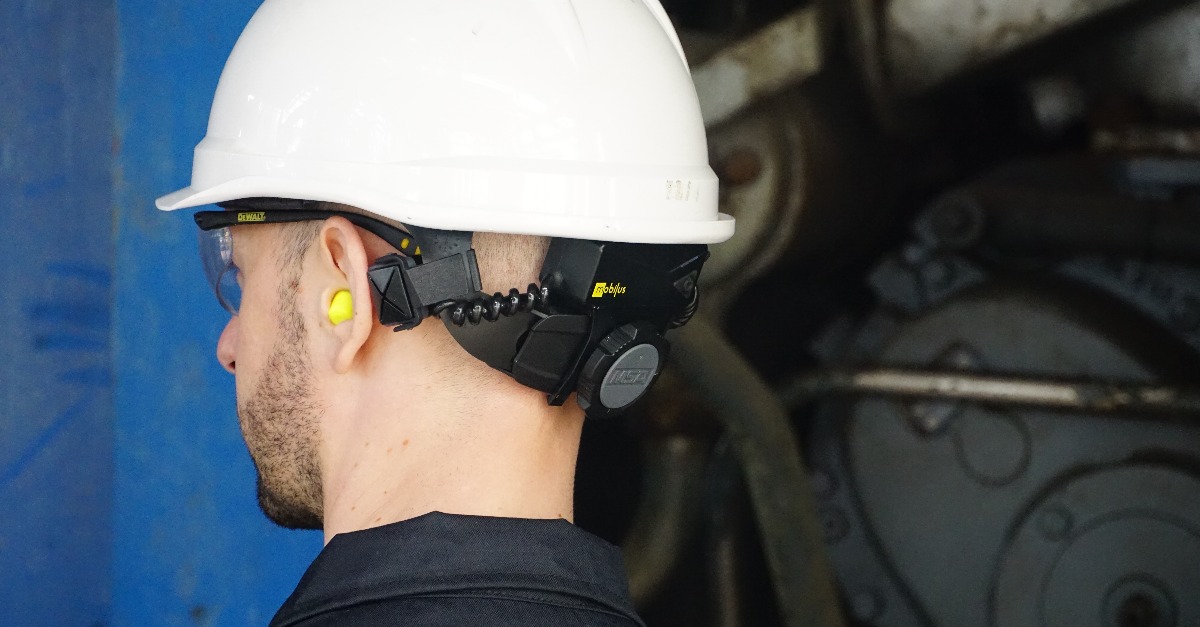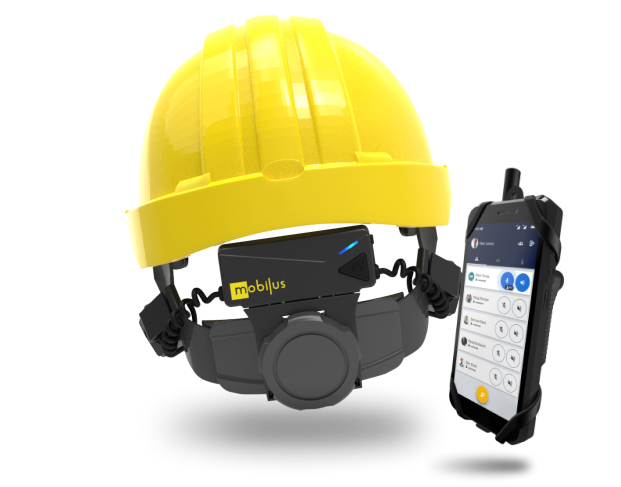Mobilus Labs is on a mission to reinvent the voice communication experience for frontline workers in noisy Industrial environments.
We believe fully in this mission, and the critical role voice communication will play, not only in how we communicate with each other, but how we will communicate with the platforms of the future.
In realizing this mission our beachhead has been to focus on the industries that would push us to demonstrate our solution in the most extreme environments. Along the way we’ve realized the problem related to voice communication is even bigger than we imagined. That problem is the “last meter problem of digital transformation for the frontline workers.”
Logistic Industry’s last mile problem: The gap between humans and final delivery of goods.
The last mile delivery is the very last link in the logistics chain. It represents the journey of a shipment from the final distribution centre to the recipient’s doorstep. Last mile delivery is the most complex, expensive, and time-consuming stage in the entire shipping process.
With the evolving consumer preference from traditional brick and mortar retail to e-commerce, the global logistics industry has drastically evolved, resulting in a substantial increase in the volume of shipments and an increasing consumer demand for faster, on-time deliveries. Getting the shipment to the final destination as quickly and affordably as possible has become the most important metric of success for retailers. But regardless of the Industry getting more digitized and structured, the final shipment delivery is still significantly inefficient.
The last mile problem in the logistics industry refers to the challenges associated with delivering products to their final destinations efficiently, cost-effectively, and in a timely manner. Addressing this problem is crucial for meeting customer expectations and improving the overall efficiency of the supply chain.
The last mile problem in the logistics industry is an ongoing challenge, and while there have been significant advancements and improvements in addressing it, it is not entirely solved. Solutions have been developed and implemented to make last-mile delivery more efficient and cost-effective, but the complexity and evolving nature of the problem mean that it continues to be a focal point for innovation and improvement.
Many companies like Amazon and logistics providers have made strides in improving last-mile delivery through technologies like route optimization, real-time tracking, and automation. Additionally, they have experimented with alternative delivery methods such as drones, autonomous vehicles, and crowd shipping services to find more efficient and sustainable ways to handle the last mile.
While no single solution has completely solved the last mile problem, ongoing innovation and adaptation are key to addressing its challenges. Overall, the logistics industry continues to work toward more efficient, cost-effective, and sustainable last-mile delivery solutions.
Frontline workers: The deskless heroes.
The world runs on the efforts of frontline workers or the “deskless workforce.” They are the ones who build the roads and buildings, manufacture goods, ensure that we have energy in our homes and food in the grocery stores. In reality, frontline employees who work in industries make up 80% of the overall global workforce. According to a study by Emergence Capital, out of 2.7 billion frontline workers globally, 75% use technology at work and over 60% of them are unsatisfied with the value provided by the technology.
Unlike knowledge workers who have the luxury and convenience to physically interact with their communication devices, for example smartphones and tablets, the frontline workers are unable to do so. A skilled laborer performing a critical job at an oil refinery or a chemical manufacturing plant is unable to pull the phone out of his pocket and navigate through the device manually to access information.
Digital transformation’s last meter problem: The gap between frontline workers and digital communication technology.
Digital Transformation is the global effort of adopting and implementing digital technology to enhance human and operational capabilities. Billions of dollars are being spent on data analytics, IoT, Artificial Intelligence, and optimization of Information transfer. The global spending on Digital Transformation is forecasted to hit 1.8 trillion USD by 2025.
According to McKinsey & Company, the oil and gas industry has invested around 50 billion USD in digital transformation initiatives between 2014 and 2018. The global digital oilfield market is expected to grow from 24 billion in 2020 to 32 billion USD by 2025, which also includes the digital communication technologies for the O&G industry.
One of the crucial elements of Digital Transformation strategy is to improve site communications. Regardless of billions of dollars being invested, frontline workers still face critical challenges including inability to instantly send or receive clear voice communication and constant use of hands required by push-to-talk devices like traditional radios. This results in useful information becoming inaccessible by frontline workers and most of the time ending up on a screen in their pockets. These challenges pose a risk to worker productivity, safety, and often end up being life threatening. We call this “the digital transformation’s last meter problem”. The “last meter” being the distance between a frontline worker’s pocket and their brain and represents the fundamental gap between frontline workers and digital communication technology in Industrial environments. This gap results in loss of valuable and actionable information because it is not readily and instantly accessible.
We believe this to be one of the biggest barriers for organizations in realizing the full potential of their investment in connected solutions.
The rise of Voice User Interfaces (VUIs.)
From “Hey Siri, is it going to rain tomorrow?” to “Hey Alexa, turn off the lights in the living room,” voice user interfaces (VUIs) are becoming an increasingly important part of the day-to-day user experience. This is mostly due to an increasing user preference to hands-free experience. These advancements are allowing users to communicate with their machines and vice versa through voice, freeing up the hands and eliminating the traditional need for manually inputting the commands. A key reason for VUIs to become critical is the rise of IoT devices, which includes a network of connected devices that are integrated in our daily lives.
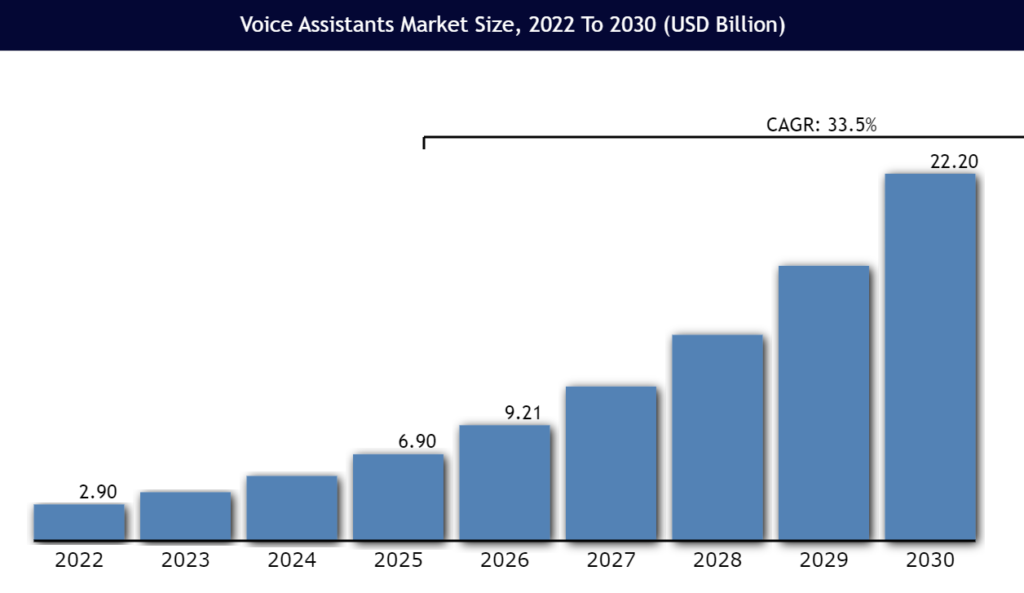
Solving the last meter problem: Mobilus Labs’ ear-free, hands-free voice interface for frontline workers.
As various types of voice interfaces are making it faster for us to communicate and collaborate with technology in our day-to-day life, the challenge still prevails for the frontline workers in Industrial environments where clear voice communication is essential for productivity, safety and operational excellence.
At Mobilus Labs, we believe that an effective voice interface for frontline workers has to be ear-free, hands-free, and environmentally resilient with the ability to integrate seamlessly with their existing digital communication infrastructure.
To address the Industry problem, we developed mobiWAN, the only ear-free and hands-free audio headset for superior voice communications in and out of noisy industrial environments. mobiWAN uses Mobilus’ patented two-way bone conduction technology which has reinvented the way frontline workers communicate in noisy Industrial environments.
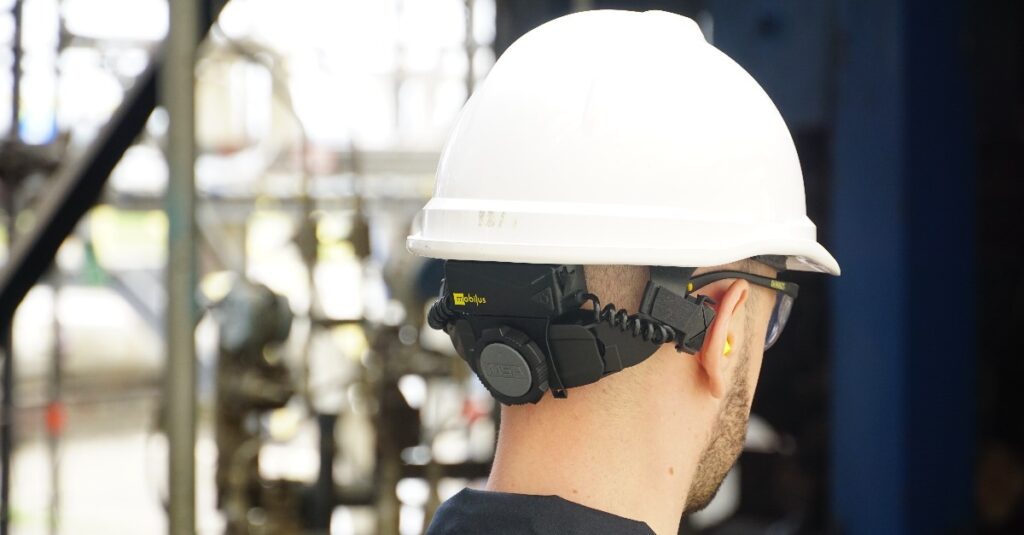
- Ear-free, hands-free voice communication
The bone conduction speaker and microphone allows frontline workers to instantly access digital information without the cost of any physical behavior or compromise on personal safety. - Constant connectivity and compatibility with PPE
mobiWAN is compatible with single or double double hearing protection and other specialized PPE including respirators. mobiWAN provides constant connectivity as long as the frontline worker is wearing a safety helmet and can be used Independent of hearing protection. - Remarkable voice isolation and noise cancellation
Our patented bone conduction microphone offers exceptional voice capture in 85 dB+ environments and allows frontline workers to transmit low noise audio in high noise environments. - Comfortable and long runtime
mobiWAN integrates comfortably into standard safety helmets and operates for a full shift on a single charge. - Seamless integration with existing communication infrastructure
Our headset wirelessly connects with the existing communication platforms including radios and smartphones using Bluetooth technology. - Designed for hazardous environments
IP54 rated, ruggedized and certified for Class I Div II hazardous locations.
The next stage of innovation and connected workers.
We believe that by solving the digital transformation’s last meter problem through an effective voice interface, it will provide us with a gateway to unlocking new value added functionalities for frontline workers and beyond, including:
- Integration with Industrial Internet of Things (IIoT) and real time alerts
The average cost of unexpected downtime in manufacturing exceeds a quarter of a million USD per hour and lasts an average of four hours. Digitization and IIOT is making it possible to collect real time data from plants and machineries. However, connectivity isn’t just about establishing a connection with a machine, the real value is derived from using the real time data to generate timely and actionable real time alerts.
Our Voice Interface for Industrial environments will play an even important role to instantly communicate these automatically generated, real time alerts to frontline workers, enabling them to quickly address operational issues and cut down unscheduled downtime. - Conversational workflows with non-human touchpoints
Between July 2022 to July 2023, over 488,000 patents were filed in AI. Generative AI based language models are improving and becoming increasingly famous. It took platforms like Chat GPT only two months to hit 100 million users globally. These platforms aim to establish two-way conversational workflows between humans and non-human touchpoints, but they largely require manual input of commands, for example through typing.
We envision a fully connected Industrial environment where our voice interface gives frontline workers access to smart, voice models without any need for manually inputting commands. For example, “Hey Mobilus, what is the temperature reading on the apparatus in plant B?”, or “Hey Mobilus, please immediately send control room an alert that Plant A has lost power.” This will give an unparalleled boost to the productivity of frontline workers across the sites. - Mixed reality platforms
Mixed reality (MR) technology is becoming increasingly important for industrial use. Mixed reality refers to the blending of virtual and physical reality, often using devices like augmented reality (AR) headsets or smart glasses. Industries are adopting MR technology for various reasons including workforce training, maintenance and repair, safety simulations, remote assistance and collaboration.
An effective voice interface is crucial for MR technology’s success and mobiWAN is already the exclusive audio solution for Trimble XR10 with HoloLens 2.
- Digital fencing
Another functionality envisioned for our voice platform is to trigger an automatic voice alert for frontline workers when they enter a specific, geo-fenced area of the industrial site. For example, “You have just entered exclusion zone 5, please be aware of the following safety procedures: X, Y, Z. Please respond to acknowledge you have received this message.”
Clear and instant voice communication is essential for increasing operational excellence and making frontline workers safer. And we are really excited to see how our technology will unlock a safer, productive and more connected Industrial environment.
–ENDS–
For media and marketing enquiries, please contact Mobilus Labs Marketing team at hassan@mobiluslabs.com
For partnership, demos and sales queries, please contact Mobilus Labs Sales team at sales@mobiluslabs.com

